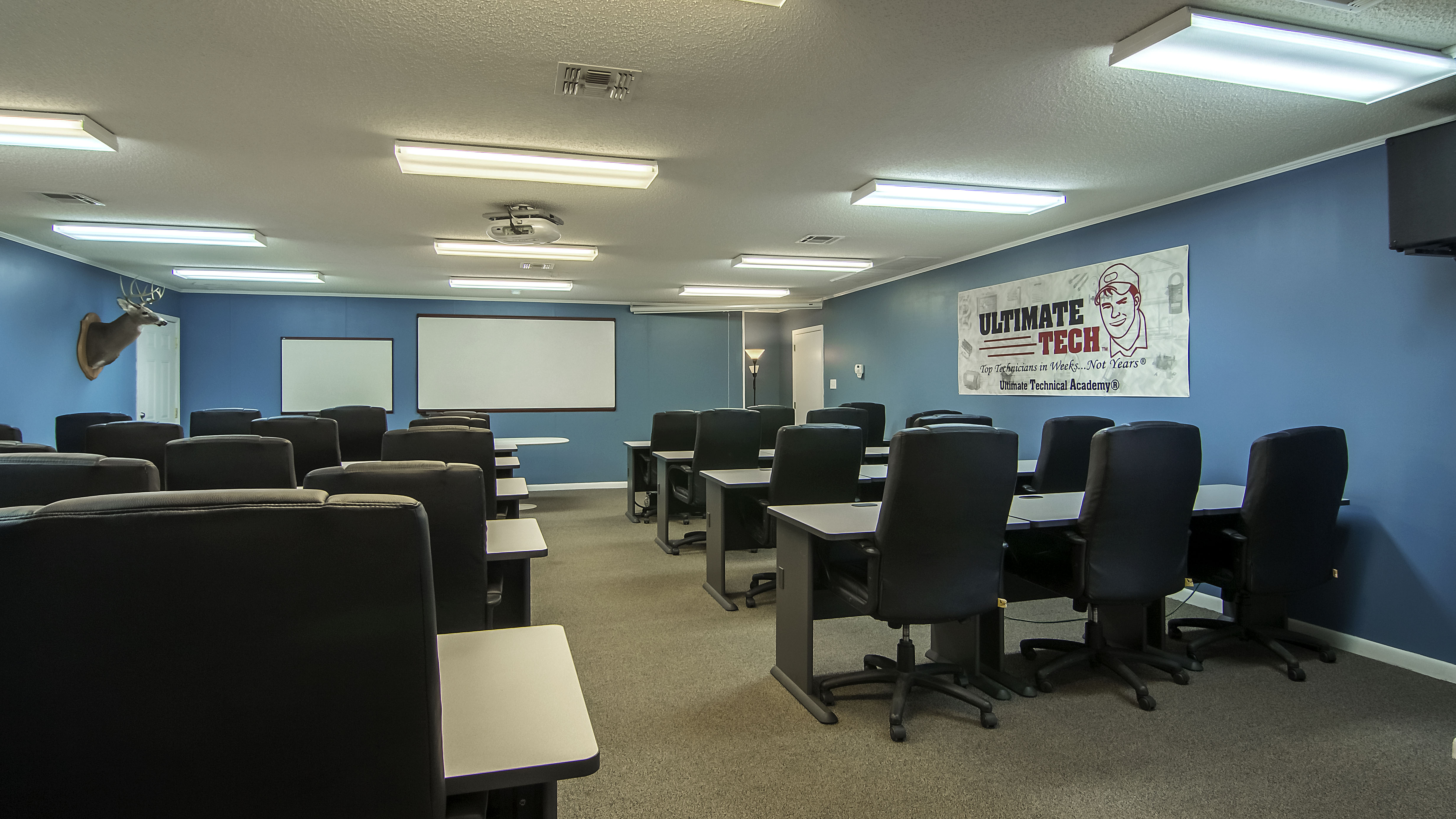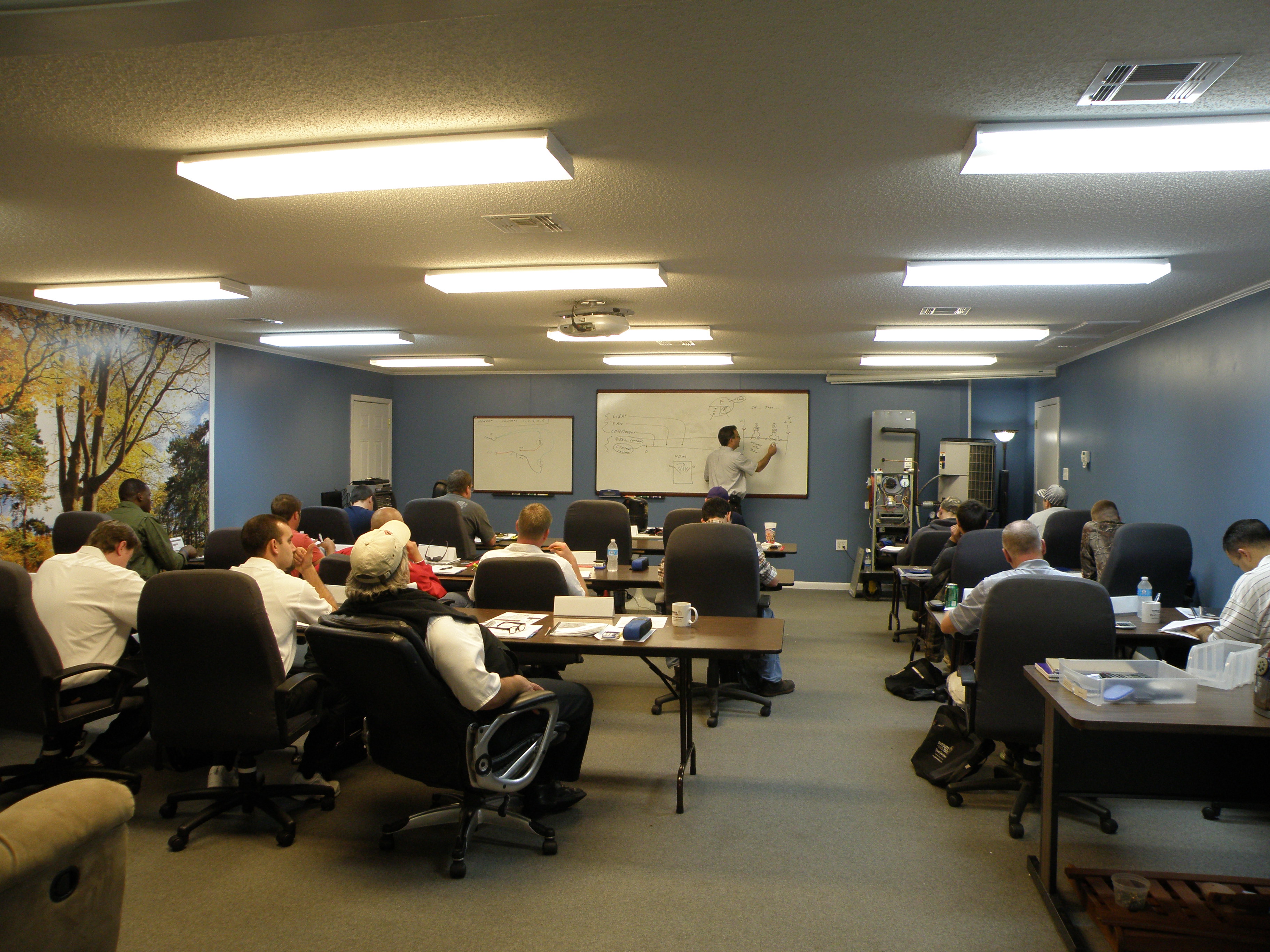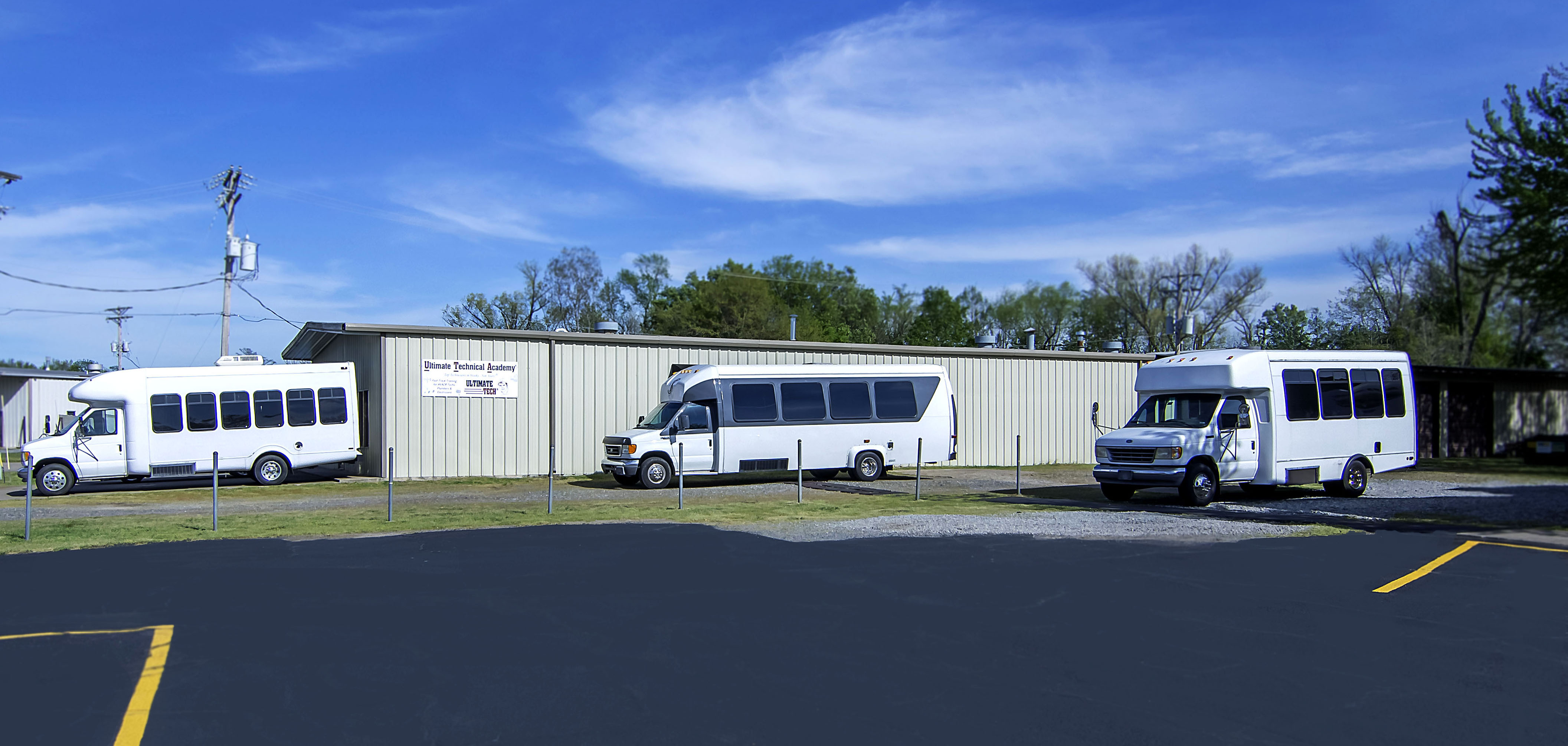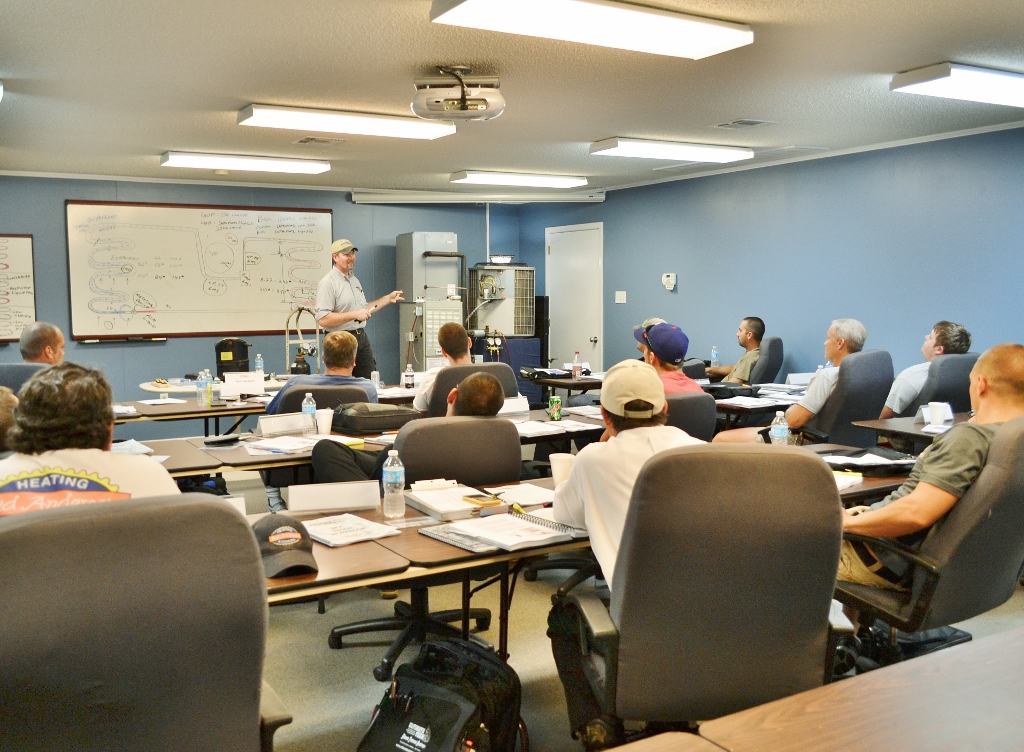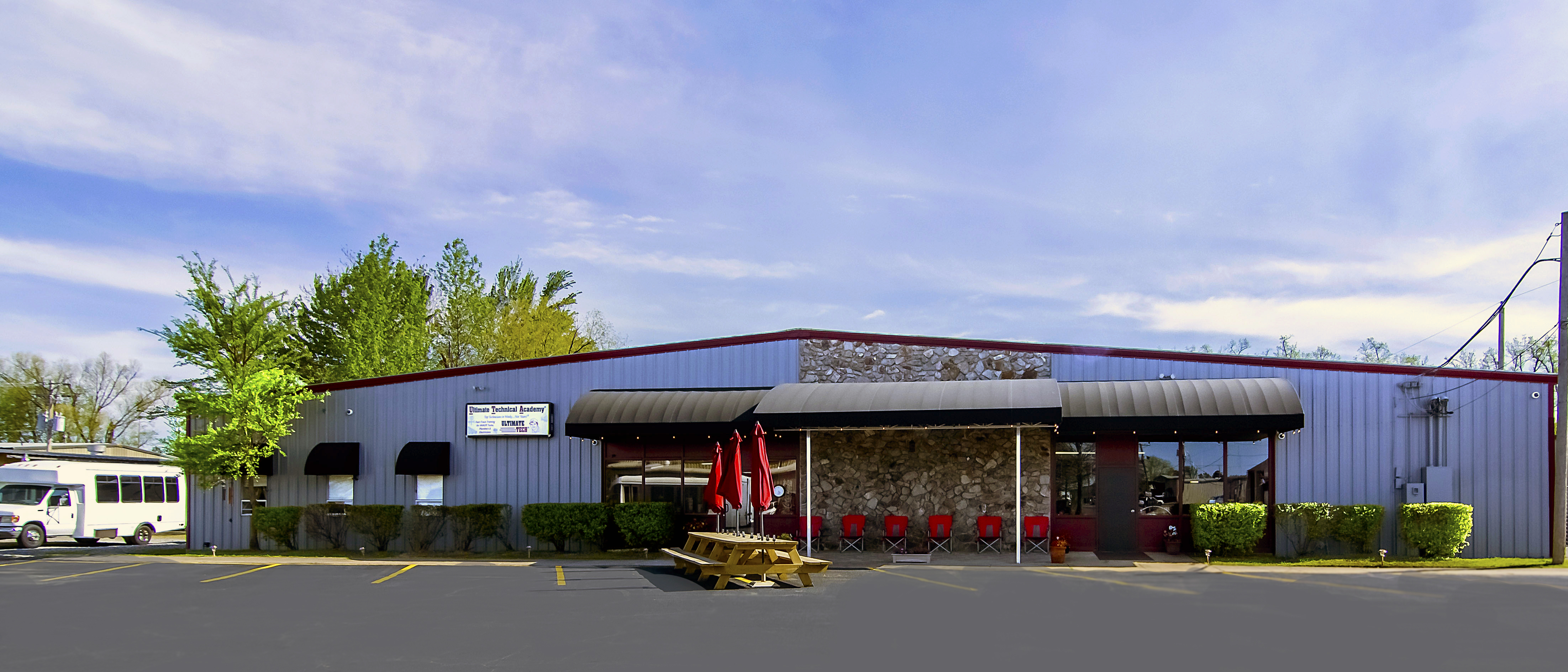UTA has mastered the right combination of "task" and "segment" based training. A lot of schools are segment based, but they spend two or three semesters accomplishing what we accomplish in a few weeks.
With UTA, you can hire an inexperienced person, but one who has some mechanical aptitude... in other words... this isn't the first time they've had a wrench in their hand, and send that person to our three segments (Electrical Technology, Refrigeration Technology, and Heating Technology), and they will be able to run air conditioning and heating maintenance for you upon completion of these courses.
The typical way of training a new person is to let them ride with another tech for a season or two. This is costly, and very non-productive... and the training is only as good as the tech that they are riding with.
Segmented "Building Block" Training
There are two basic ways to approach a training program. Task based training is where the technician learns the steps necessary to perform a certain task or certain groups of tasks. The problem: They may not learn all of the "why" behind all of the steps. There is not enough time in a task based training program to cover the basics of why the tasks are done the way they are. Only if the basics have already been learned in previous training, can the task-based training be very effective.
The advantage of task-based training is that the technician can become productive, typically in a shorter time period. The challenge is that the technician doesn't have the foundational knowledge that he or she will need to overcome more challenging situations that will come up.
Segment based training is where the technician learns the building blocks and foundational pieces to the training "puzzle." Segments are taught in such a way that they can be applied to many different areas. In the HVAC business, there are many different scenarios where an understanding of, for example, the refrigeration theory, will allow a technician to do the best job. Segmented training teaches, in this example, refrigeration, so that it can be applied to maintenance, service, installation, or whatever area that the technician is working in. It will allow him or her to fully understand and utilize the knowledge from that training segment in all areas.
Here is another example: If the technician attends only a task-based class designed for learning to install an HVAC system, he/she would learn only the basic skills needed for performing an HVAC installation. He/she wouldn't learn service trouble-shooting (even though there will be times when it is needed on an installation), or maintenance (even though there will be times the company needs an installer to do it.)
In this example, if the technician attends a segment based program, he/she would attend a class on basic refrigeration, learning completely about refrigeration, including the theory of the refrigeration cycle, proper charging, troubleshooting, brazing, evacuation, and recovery to the extent that they could perform refrigeration tasks for service, maintenance or installation.
They would attend a segment on electrical, learning the theory of electricity, proper wiring, proper safety, electrical components, etc. They could perform electrical tasks as they apply to service and maintenance, as well as installation.
Student & Employer's Advantage of Segment Training:
The advantage for the student AND the employer is that the technician will be able to advance much faster because of being strong in the fundamentals, and will become a much more "well-rounded" technician. Even though the start-up time may be a little longer, the rate at which the technician progresses will be much faster.



